#sphenodontia
Text
Hoy les traigo un animal de eras antediluvianas. Los Tuátaras o Esfenodontes (género Sphenodon) son reptiles endémicos de las islas aledañas a Nueva Zelanda y constituyen el único género del orden Sphenodontia que ha sobrevivido hasta la actualidad, prácticamente sin cambios desde la Era Mesozoica. El significado de su nombre común proviene del maorí y quiere decir "espalda espinosa", y entre ellos el Tuátara es considerado un taonga (tesoro especial). A primera vista (por convergencia evolutiva) son parecidos a las iguanas, con las que, sin embargo, no están cercanamente emparentados. Desarrollado en 2020 para @lifers_earth.
#Biodiversidad #Biodiversity #Sphenodon #Tuatara #MaximusEntropy #Drawing #DigitalPainting #Artwork #Illustration #Art #Science #2dart #Scientificillustration #WildLife #Reptiles #mesozoic #WildLifeIllustration #Colombia #Medellín #instaart #artistofinstagram #artistsoninstagram #artgallery #artist #zoology #biology #Sphenodontia #Reptilesoftheworld #Lifers_earth
instagram
#maximusentropy#art#artwork#drawing#digitalpainting#artgallery#instaart#artist#illustration#science#scientificillustration#Instagram
0 notes
Text
Reptiles - Crocodiles, Alligators, Lizards, Snakes, Turtles
Today there are 6,800 reptile species on earth; the major groups are alligators and crocodiles, turtles, lizards, and snakes.
Reptiles are tetrapods and amniotes, animals whose embryos are surrounded by an amniotic membrane. Today they are represented by four surviving orders: crocodilia (crocodiles, caimans and alligators), sphenodontia (tuataras from New Zealand, squamata (lizards, snakes and…
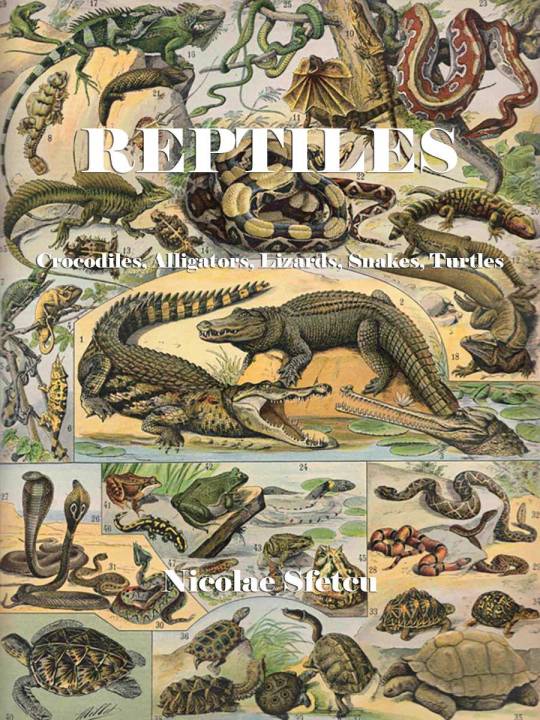
View On WordPress
1 note
·
View note
Text
Reptiles - Crocodiles, Alligators, Lizards, Snakes, Turtles
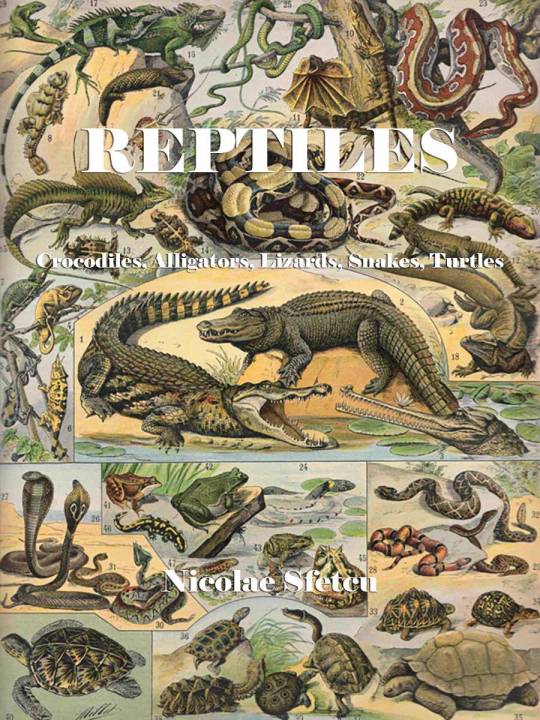
Today there are 6,800 reptile species on earth; the major groups are alligators and crocodiles, turtles, lizards, and snakes.
Reptiles are tetrapods and amniotes, animals whose embryos are surrounded by an amniotic membrane. Today they are represented by four surviving orders: crocodilia (crocodiles, caimans and alligators), sphenodontia (tuataras from New Zealand, squamata (lizards, snakes and amphisbaenids - "worm-lizards"), and testudines (turtles).
https://www.telework.ro/en/e-books/reptiles-crocodiles-alligators-lizards-snakes-turtles/
Read the full article
1 note
·
View note
Photo

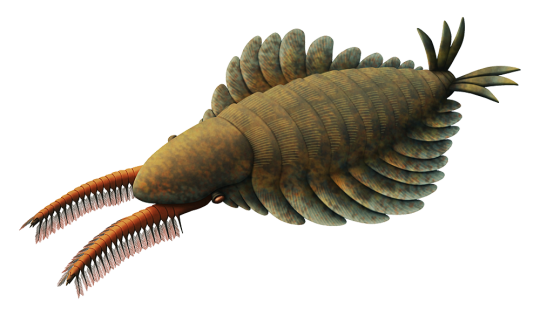



Time for some more PBS Eons commission work!
The radiodonts Lyrarapax and Tamisiocaris, from "How Plankton Created A Bizarre Giant of the Seas"
https://www.youtube.com/watch?v=G0oKBPZODhM
The rhynchocephalians Sphenotitan, Clevosaurus, and Kawasphenodon, from "When Lizards Took Over the World"
https://www.youtube.com/watch?v=peeX3PKOE_w
———
Nix Illustration | Tumblr | Pillowfort | Twitter | Patreon
#science illustration#paleontology#paleoart#palaeoblr#pbs eons#lyrarapax#tamisiocaris#radiodonta#dinocaridida#arthropod#invertebrate#spenotitan#clevosaurus#kawasphenodon#sphenodontia#rhynchocephalia#lepidosauria#reptile#art
1K notes
·
View notes
Video
youtube
When Lizards Took Over the World
Lizards are incredibly widespread and diverse but it took them a long time to get to where they are now. Because they used to face some pretty stiff competition from a group of lizard look-alikes.
Thanks to these wonderful paleoartists for their excellent lizard/fake lizard illustrations!
Ceri Thomas: https://alphynix.tumblr.com/
Jack Byrley: https://twitter.com/bedupolker
Fabrizio de Rossi: https://www.facebook.com/ArtofFabricious/
via: PBS Eons
18 notes
·
View notes
Note
thoughts on daverezi? 😳👉👈
daverezi good!!!!!!!! they just have such a cool dynamic like. theyre trash gremlins. they go dumpster diving together on the weekends. spit in each other’s cereal and go ‘lol youre still gonna eat that??’ and the other ones always like ya duh.
they constantly tease n make fun of each other n its cool but most ppl around r like ??? those were 3 slurs in one sentence whats wrong with you
at the same time theyre both like. huge pricks? and dishonest about their own flaws to themselves. and they point out the bad things about each other like ‘lol you kinda suck but also i dont care enough to help you fix it’ so they just vibe like that. obv they care about each other n all but like, its not the kind of relationship that helps them grow as people which is why i think its best if they Also have someone else who actually tries to bring out the best in them
#ask#i know u prolly asked this like. to know if im like down w the ship#but i have Thoughts And Feelings abt them#also like. tumblr user sphenodontia 's daverezi content from way back when??#THAT was the real deal like thats exactly the vibe
10 notes
·
View notes
Photo
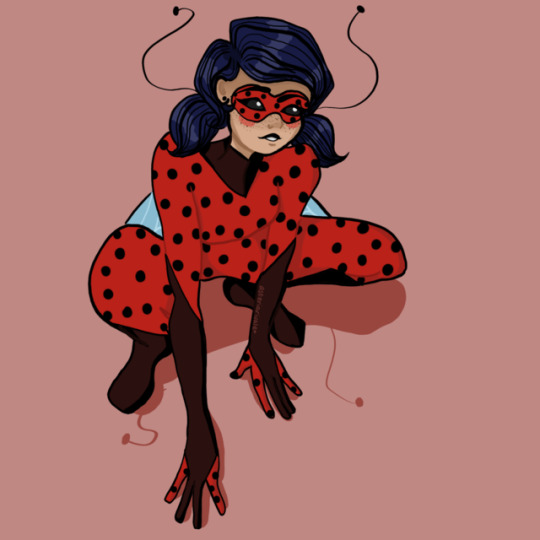
give ladybug a new suit 2k18
[ladybug] [rena rouge] [queen bee]
#my art#miraculous ladybug#ml#mlb#ml ladybug#ladybug#ml marinette#marinette dupain cheng#marinette dupen chang#marinette#redesign#artists on tumblr#art#digital drawing#digital art#procreate#still heavily inspired by sphenodontia bc i’m weak for good ass art lmao
454 notes
·
View notes
Text

tried @sphenodontia 's awesome tutorial but then completely bonked on the colouring phase dflsdkf, here's a bust of sal viento!!
163 notes
·
View notes
Note
do you happen to have a main/alt blog or anything? i love your art
@sphenodontia , though i just havent been drawing much in general
14 notes
·
View notes
Text
ML Positivity Week- Favourite fandom moments
There's allot of moments I like, allot of them au's and relief zines etc
1: the breakdance au by starrycove was actually my first time I actually started getting into the fandom (actually reblogging art and reading comics etc)
The craziness that erupted after Rena was unveiled/introduced (that exploded ten-fold when carapace was introduced)
Most of the effort put out by fanartists and writers when we have hiatus (like the scarlet lady au the curse au by lunian/sphenodontia, etc)
Some of the hilarious stuff that got us trending (except for one accursed thing that shall not be named)
But still this has gotta be my favorite fandom bc most of the ppl here are fun to talk with and are kinda like my 2nd family in a way
@mireilletan @bugaboo-n-bananoir @galahadwilder @gale-of-the-nomads @landturtlealyce @janaikam @emsylcatac @heizerux @kagamitsu @adrienaline-rushed-art @gryffindorcls @amimons @literal----trash @15megapixels @thewritewolf @sadrienaline
#miraculous#ml positivity week#my post#miraculous ladybug#do not mention the accursed ship please in begging
25 notes
·
View notes
Text
Diphydontosaurus avonis
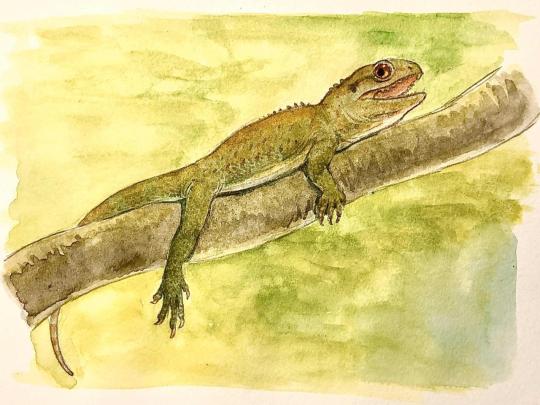
By Ripley Cook
Etymology: Reptile with two types of teeth
First Described By: Whiteside, 1986
Classification: Biota, Archaea, Proteoarchaeota, Asgardarchaeota, Eukaryota, Neokaryota, Scotokaryota Opimoda, Podiata, Amorphea, Obazoa, Opisthokonta, Holozoa, Filozoa, Choanozoa, Animalia, Eumetazoa, Parahoxozoa, Bilateria, Nephrozoa, Deuterostomia, Chordata, Olfactores, Vertebrata, Craniata, Gnathostomata, Eugnathostomata, Osteichthyes, Sarcopterygii, Rhipidistia, Tetrapodomorpha, Eotetrapodiformes, Elpistostegalia, Stegocephalia, Tetrapoda, Reptiliomorpha, Amniota, Sauropsida, Eureptilia, Romeriida, Diapsida, Neodiapsida, Sauria, Lepidosauromorpha, Lepidosauria, Rhynchocephalia, Sphenodontia
Referred Species: D. avonis
Status: Extinct
Time and Place: 227 to 200 million years ago, from the Norian to Rhaetian of the Late Triassic

Diphydontosaurus is known from Southern England and Wales, and possibly also from Northern Italy.

Physical Description: Diphydontosaurus is an early-derived relative of the tuatara, one of the oldest in fact. Like the tuatara, it resembles a lizard in appearance, probably even more so than living tuataras. It was also very small too. Like, really small. 10 centimetres long from head-to-tail with a skull less than 15 millimetres long, small. The skull itself has massive eyes and a pretty short snout, so it was probably a rather cute looking little reptile. The most distinctive features of Diphydontosaurus are its jaws and teeth. Living tuataras have their teeth fused to the jaw bones (acrodont), which wear down and can’t be replaced. Diphyodontosaurus has these teeth at the back of its jaws, but the teeth in front were attached in sockets (pleurodont), like some lizards. These teeth were sharp and peg-like, perfect for puncturing the carapaces of insects, while the teeth at the back formed a shear for slicing through them. Diphydontosaurus also lacked the characteristic “beak” at the tip of the jaws found in later sphenodonts, and probably didn’t chew its food the way modern tuataras can (yes, tuataras can chew). Diphydontosaurus would also have had a typmanum, a.k.a. an eardrum, visible at the back of its head, again like most lizards but unlike the living tuatara.
Diet: Diphydontosaurus was insectivorous, as evidenced by its small size and teeth, although like some living insular lizards it may have eaten plants to supplement its diet.
Behavior: Diphydontosaurus was likely an active predator or insects and other small arthropods. Its large eyes and well developed ear openings indicate that it likely relied heavily on these senses for hunting and catching prey. They may have especially congregated around the abundant fissures and sinkholes in their habitat, where moist soils and plants would have attracted plenty of insects and other arthropods, and so too the Diphydontosaurus. Being small would have been handy for clambering over steep rock faces after prey, out of reach of other, larger reptiles.
Ecosystem: Diphydontosaurus was part of a diverse collection of island ecosystem in the latest Triassic of Europe, populating low-lying islands of limestone pockmarked with deep fissures and caves eroded into the karst. The species found on each island differed, but there was some broad similarities. The largest land animals on these islands were the possibly dwarfed prosauropod dinosaurs Thecodontosaurus and Pantydraco, as well as small theropods. Pseudosuchian archosaurs were here too, including the small predator Terrestrisuchus and the enigmatic Aenigmaspina, both extremely long-legged, agile animals well suited for navigating the karst-riddled landscape. There was also a drepanosaur around, as well as the gliding reptiles Kuehneosaurus and Kuehneosuchus whose affinities remain mysterious. They could be lepidosaurs like sphenodonts, or, they may belong to the strange allokotosaurs on the archosaur side of the tree! The jury is still out on them. Some of the islands also hosted small mammaliaforms, including Morganucodon and Eozostrodon.
Stem-tuataras like Diphydontosaurus were remarkably diverse, and it coexisted with numerous other genera such as Gephyrosaurus, Clevosaurus, and Planocephalosaurus, each with multiple species, and there are still more new types of sphenodont to be described! Such a high density of different sphenodonts on these islands implies they were all specialised for different ways of life. Diphydontosaurus was one of the most abundant of all sphenodonts on the islands of Late Triassic Europe, no doubt thanks to its small size and insectivorous diet. However, this small size left it vulnerable, and it may have been preyed upon by its larger, more predatory cousins like Clevosaurus.
Other: Diphydontosaurus is one of the oldest known, and is the earliest diverging, sphenodont, the group of animals that includes living tuataras but excludes the even earlier-diverging rhyncocephalians, the gephyrosaurids (the distinction isn’t huge, mostly that gephyrosaurids have completely pleurodont teeth). The anatomy of Diphydontosaurus was unexpected compared to modern tuataras, which are so often described as ‘living fossils’ unchanged since the Mesozoic. In fact, certain features of Diphydontosaurus and other early sphenodonts reveal that the modern tuatara is actually pretty derived compared to its ancestors, especially so in the skull, including the loss of its external ears, its shearing teeth and the ability to chew food. Diphydontosaurus really just goes to show you can’t judge a 200 million year old clade by its sole extant member, eh?
~ By Scott Reid
Sources under the Cut
Whiteside D.I. (1986). "The head skeleton of the Rhaetian sphenodontid Diphydontosaurus avonis gen. et sp. nov., and the modernising of a living fossil". Philosophical Transactions of the Royal Society B. 312 (1156): 379–430.
Whiteside, D.I., Duffin, C.J., Gill, P.G., Marshall, J.E.A., Benton, M.J. (2016). “The Late Triassic and Early Jurassic fissure faunas from Bristol and South Wales: stratigraphy and setting”. Palaeontologia Polonica 67, 257–287.
David I. Whiteside, Christopher J. Duffin, (2017). "Late Triassic terrestrial microvertebrates from Charles Moore's "Microlestes" quarry, Holwell, Somerset, UK". Zoological Journal of the Linnean Society. 179 (3): 677–705.
Whiteside, D.I., Marshall, J.E.A. (2008). "The age, fauna and palaeoenvironment of the Late Triassic fissure deposits of Tytherington, South Gloucestershire, UK". Geological Magazine. 145 (1): 105–147.
#Diphydontosaurus#Diphydontosaurus avonis#Sphenodont#Tuatara#Reptile#Prehistoric Life#Palaeoblr#Paleontology#Prehistory#Triassic#Triassic Madness#Triass March Madness
217 notes
·
View notes
Note
I think a good artist for animal alterations for the miraculous' is sphenodontia. They have a bit of miraculous art and I'm definitely taking inspo from them for the ladybug Overgrowth ability.
I FUCKING LOVE THEIR ART SO MUCH
They’re one of my biggest miraculous art inspirations
It just looks so wonderfully gross and wicked and just unapologetically monstrous, it’s beautiful and genuine art goals for me.
9 notes
·
View notes
Photo
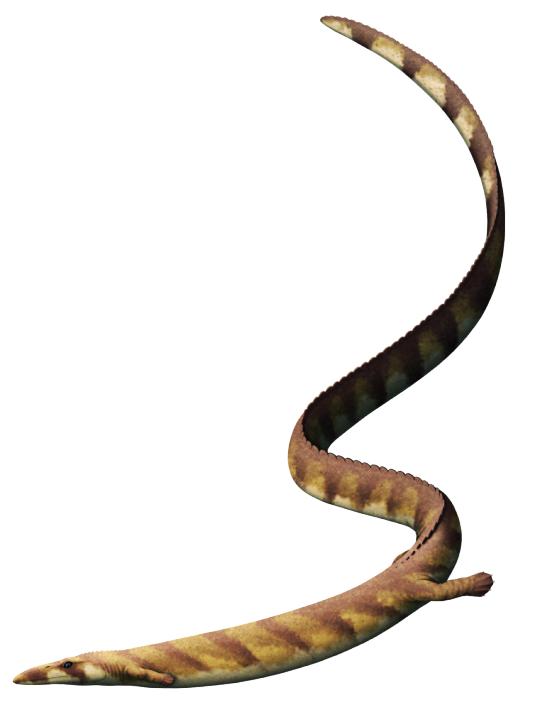
The modern tuatara is the only living representative of an entire major lineage of reptiles known as sphenodontians – an evolutionary "cousin" group to all lizards and snakes, last sharing a common ancestor with them over 240 million years ago.
And during the Triassic and Jurassic these lizard-like animals were a widespread and diverse bunch, found worldwide and occupying many of the ecological roles that were later taken over by true lizards. They ranged from tiny insectivores to omnivores, relatively large herbivores, and specialized shell-crushers – and some even adapted to a fully aquatic fish-eating lifestyle.
Pleurosaurus ginsburgi here lived during the Late Jurassic, about 150-145 million years ago, in the warm shallow seas and lagoons that covered most of Europe at that time. Fossils of this particular species are known from southern France, with the closely related Pleurosaurus goldfussi found in both the same region and the German Solnhofen Limestone.
These swimming sphenodontians could grow to around 1.5 in length (~5'), with elongated bodies, pointed triangular snouts with retracted nostrils, short flipper-like forelimbs, and especially long eel-like tails. Soft tissue impressions also show scaly skin covering their bodies and a "frill" running along the top of the tail.
———
Nix Illustration | Tumblr | Pillowfort | Twitter | Patreon
#science illustration#paleontology#paleoart#palaeoblr#pleurosaurus#pleurosauridae#sphenodontia#rhynchocephalia#lepidosauria#reptile#art#looong
869 notes
·
View notes
Photo
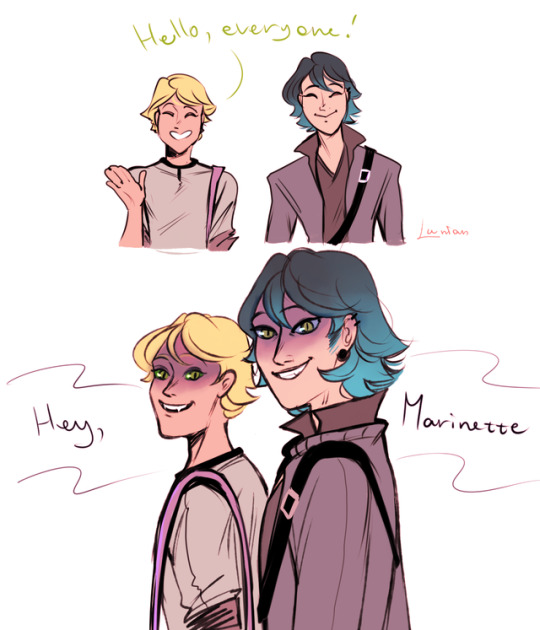
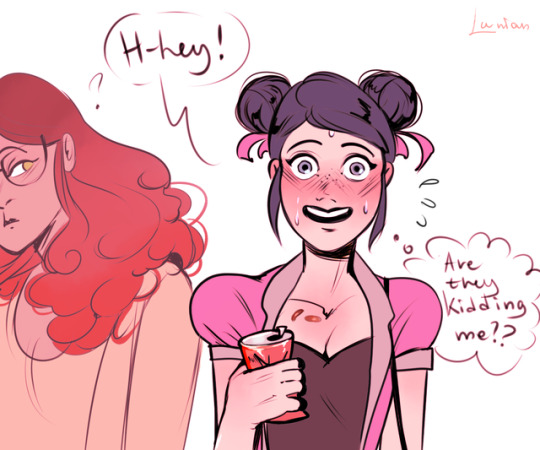


Sooooooo Curse AU? >.> idk how it happened but @sphenodontia kinda inspired me with her designs and stuff asdjkflaf sorry, i suck
University times. Instead of Miraculous powers in canon boys got into a curse of ancient artifacts which were found and presented in Louvre (i wanted to make a comic, but WELL), gave them an ability to transform and sometimes its hard to control and handle it, as well as some kind of animal behavior of cat and snake lol
Marinette was the only wintess of this accident, so she must keep this secret while they try to figure out how to deal with it and to cure them if its possible. But its not so easy for poor girl because these boys had made her such a mess before all of it, but now its much bigger disaster lmao
Thanks for the leaks, Zag
#miraculous ladybug#lukadrinette#lukadrienette#adrien agreste#luka couffaine#chat noir#viperion#ml leaks#kinda#marinette dupain-cheng#marinette cheng#ml au#curse au#myart#so yeah they are aged up#so dont beat me#also im not a furry i swear....................i guess asdfkjaskfn#ugh why i did it#why#also im bad with all this description
9K notes
·
View notes
Photo
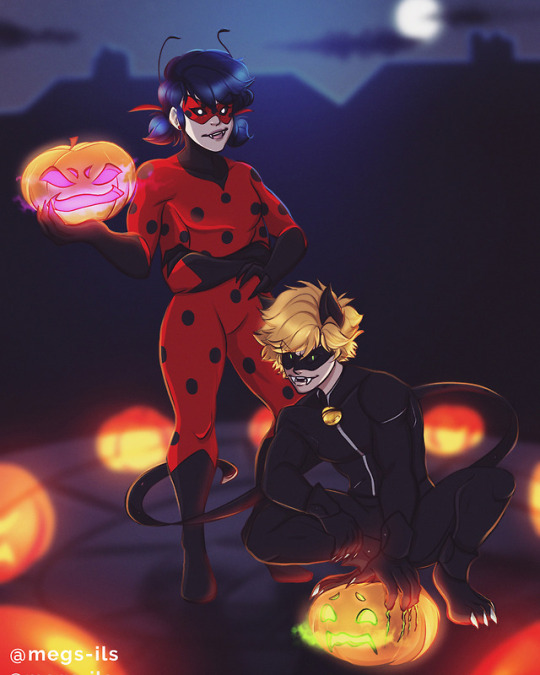
Miraculous Halloween!
welp Happy Halloween! we don't really celebrate this holiday but drawing this was really fun! these amazing designs where made by @sphenodontia go check em out!!
DO NOT REPOST
1K notes
·
View notes
Note
Hi sphenodontia! I wanted to say how much I love your art style, and the new warecat au! If you dont mind me asking, whats the relationship between your ladybug/marinette and chat/adrien? How does that whole love square thing work in this au?
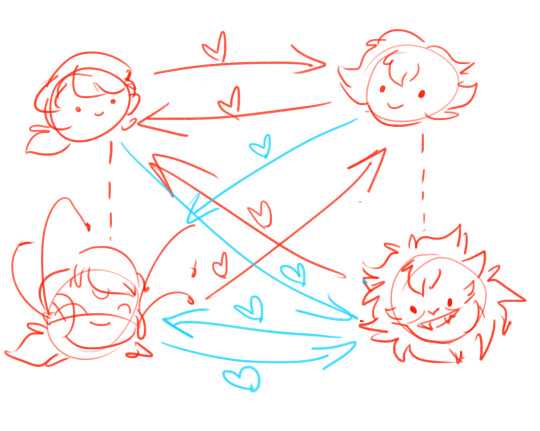
red for initial feelings at the start of the story blue for ones that develop later
short answer: its both normal and reverse love square simultaneously
long answer: at the beginning of the story adrien has a crush on marinette but cant act on it because he’s the prince and shes a servant and his dad would have her executed probably so he befriends her as chat instead (long story) MEANWHILE adrien is wary of ladybug because she wants to kill chat to impress him because shes marinette who ALSO has a crush on adrien but thinks she has a better chance with him as ladybug but adrien develops feelings for ladybug while they’re working together and flirts with her as adrien AND chat noir which makes ladybug develop feelings for chat noir and after they start working together (long story) they kind of get together but they still like each other’s other selves and go out of their way to spend time with them untransformed not knowing they know the other’s alter ego. so i guess it goes adrienette -> marichat -> ladrien ->ladynoir
171 notes
·
View notes